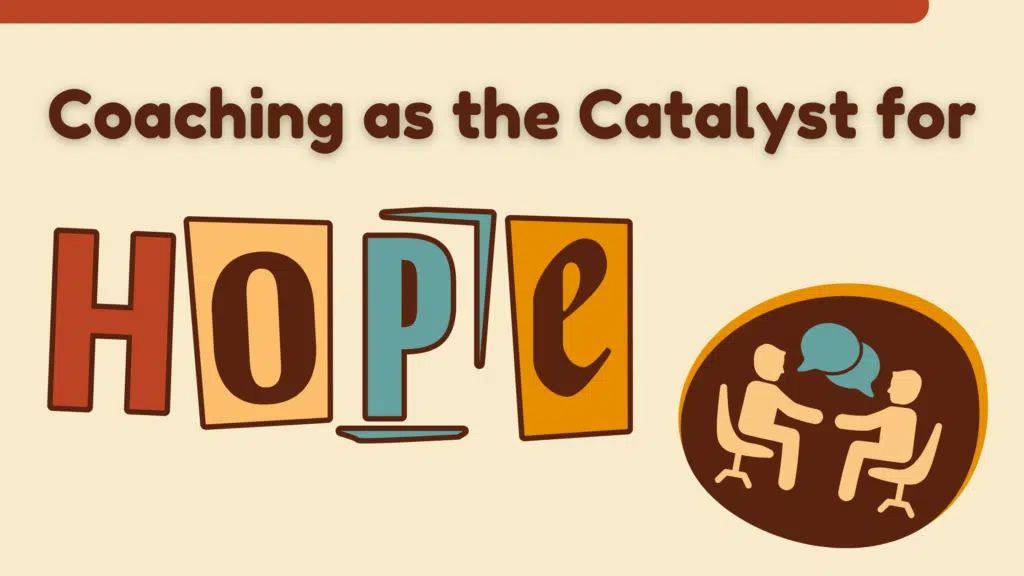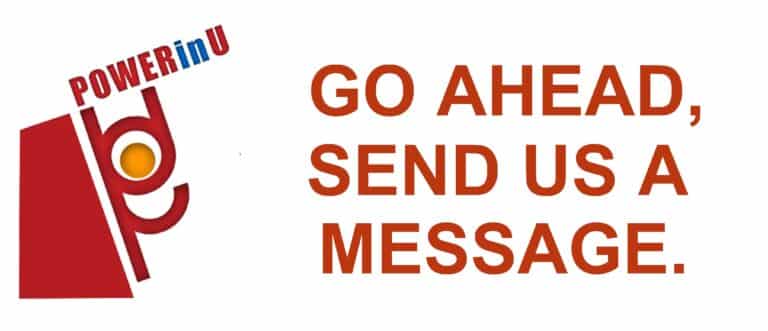
Have you ever thought about the leaders who have had the most impact on your life? What made them stand out?
According to Gallup’s 2024 Global Leadership Survey Report, the qualities that define the most positive leaders are Hope, Trust, Compassion, and Stability. And among these, Hope stands out as the most dominant, accounting for 56% of all attributes people associate with great leaders.
This finding reminded me of Making Hope Happen by Shane J. Lopez, Ph.D., a Gallup Senior Scientist. His book delivers a powerful message:
- Hope matters.
- Hope is a choice.
- Hope can be learned.
- Hope can be shared.
Hopeful people hold core beliefs that shape their actions:
- The future will be better than the present.
- I have the power to make it so.
- There are many paths to my goals.
- None of these paths are free of obstacles.
Lopez explains The Hope Cycle (he attributes to psychologist and author Rick Snyder), which consists of three key elements:
- Goals – The things we want to accomplish or the person we aspire to become. As Lopez puts it, “Hope is built from the goals that matter most to us, that we come back to again and again, and that fill our minds with pictures of the future.”
- Agency – Our belief in our ability to make things happen.
- Pathways – The different routes we can take to reach our goals.
The Hope Cycle is a continuous process. Our Present Self connects to our future aspirations through the pathways we choose. As we take responsibility for our goals, we strengthen our ability to create change in our lives.
Lopez also describes the Sweet Spot of Hope—where our vision for the future meets our actions today. Simply dreaming about our goals isn’t enough; we must take action and be prepared to navigate challenges along the way.
So, what does this have to do with coaching? Everything.
Leaders who embrace coaching aren’t just managers; they are agents of hope. They help their teams define meaningful goals, explore different pathways, and build confidence in their ability to take action. By fostering a culture of curiosity and nonjudgmental reflection, they empower their people to gain awareness and take purposeful steps forward.
In many ways, coaching is an expression of hope in action. It’s about believing in someone’s potential, even when they don’t yet see it themselves.
As leaders, our greatest impact comes from instilling hope in others. Through coaching, we don’t just guide people toward their goals—we help them see new possibilities, build resilience, and take meaningful action. When we embrace coaching as a catalyst for hope, we don’t just lead; we inspire transformation.

